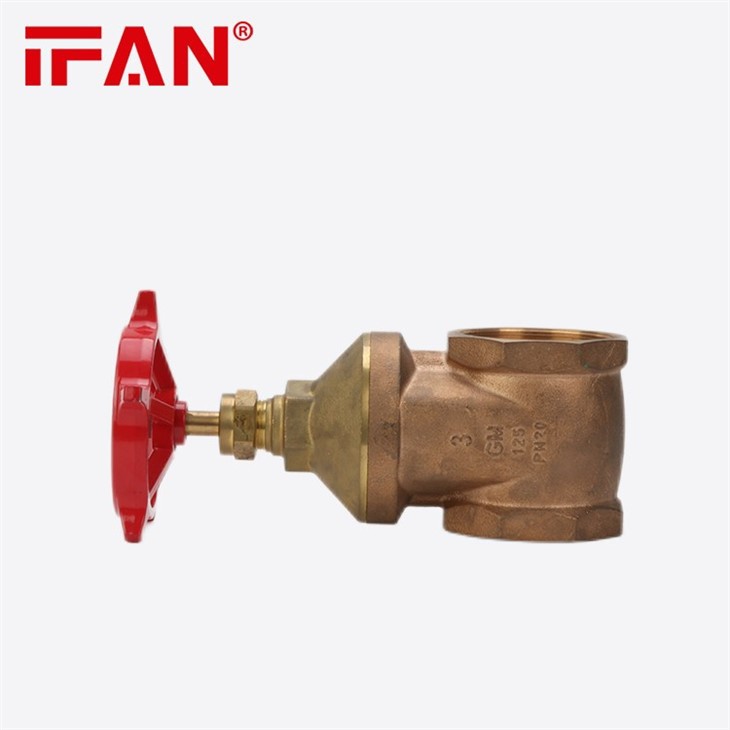Water Supply Gate Valve
Common Issues and Troubleshooting Techniques for Gate Valves
Introduction:
Gate valves are widely used in fluid control systems due to their reliability and efficiency. However, like any mechanical component, gate valves may encounter certain issues or faults during operation. This article aims to explore common problems associated with gate valves and provide troubleshooting techniques to address these issues effectively.
1. Leakage:
1.1 Problem: Leakage from a gate valve can occur due to damaged seals, improper installation, or wear and tear.
1.2 Troubleshooting:
a. Check and replace damaged seals: Inspect the gate valve's seals and gaskets for any signs of damage or deterioration. Replace them if necessary.
b. Realign or replace gate valve components: If misalignment is causing leakage, realign or replace the gate, stem, or seat to ensure a proper seal.

2. Sticking or Binding:
2.1 Problem: Sometimes, gate valves may become stuck or bind during operation, making it difficult to open or close properly.
2.2 Troubleshooting:
a. Lubrication: Apply a suitable lubricant to the stem, gate, and other moving parts to reduce friction and ease the operation.
b. Remove debris: Clean the gate valve thoroughly to remove any debris or sediment that may be causing obstruction or binding.
3. Hard to Open or Close:
3.1 Problem: Gate valves may become hard to operate, requiring excessive force to open or close.
3.2 Troubleshooting:
a. Lubricate the stem: Apply lubrication to the stem and the stem nut to reduce friction and facilitate easier operation.
b. Check for obstructions: Inspect the gate valve for any obstructions, such as debris or sediment, that could impede the smooth movement of the gate. Remove any obstructions found.

4. Corrosion:
4.1 Problem: Corrosion can occur on the gate valve's surfaces or components, leading to reduced performance and potential leaks.
4.2 Troubleshooting:
a. Regular inspection and maintenance: Conduct routine inspections to identify signs of corrosion. Clean and treat corroded surfaces promptly to prevent further damage.
b. Use corrosion-resistant materials: Consider using gate valves made from materials resistant to corrosion, such as stainless steel or brass, particularly in corrosive environments.
5. Water Hammer:
5.1 Problem: Water hammer refers to the sudden surge or shock wave caused by the rapid closure of a gate valve, which can result in damage to the valve or piping system.
5.2 Troubleshooting:
a. Install a water hammer arrestor: Install a water hammer arrestor, such as an air chamber or surge tank, to absorb the pressure surge and prevent damage to the gate valve.
b. Control valve operation: Close or open the gate valve slowly and avoid abrupt movements to minimize the risk of water hammer.

Conclusion:
Gate valves are reliable components in fluid control systems, but they may encounter issues such as leakage, sticking, hard operation, corrosion, or water hammer. By applying appropriate troubleshooting techniques such as replacing damaged seals, lubricating components, removing debris, conducting regular inspections, and controlling valve operations, these problems can be effectively addressed. Regular maintenance and prompt attention to gate valve issues ensure optimal performance, extend the valve's lifespan, and contribute to the smooth operation of fluid control systems.
Hot Tags: water supply gate valve, China, suppliers, manufacturers, factory, wholesale, cheap, discount, low price, in stock, free sample,
Send Inquiry











